How to Run Huge DAs Against Tiny Affirmatives
This article is a continuation of our conversation with Danielle. If you haven’t already, read the previous parts here:
Reader Question: Tiny Affirmatives
Why is it so Hard to Run Disadvantages Against Tiny Affirmatives?
We’re negative against a case that adds Ashley to a lunar mission. The argument we have so far isn’t hitting hard enough.
How do we fix this disadvantage?
We can’t do much with the link; the plan is tiny and it’s all we have to work with.
We could try to increase the impact, but it will only scale so far if the affirmative plan is tiny.
The Brink is the secret weapon here, because you can blow it up as big as you want no matter how tiny the affirmative case shrinks down.
Let’s try again. This time, we’ll stack brinks until this DA becomes crushingly powerful.
Plan: Add Ashley to the Lunar Mission.
Brink: Perfect Two. The status quo’s 2 astronauts are a husband-wife team that have worked together for 20 years and have done numerous successful lunar missions by themselves.
Brink: Split-second Decisions. The lunar mission is fast-moving and high-pressure. We need to know that everyone on the ship is working in perfect unity.
Brink: Space is Dangerous. The moon is hundreds of thousands of miles from home. One mistake, and everyone is sucked out of the module into the cold darkness beyond. Everything needs to go perfectly.
Link: 3rd scientist. The affirmative moves the mission from a 2-person flight to a 3-person one.
Brink: No experience together. The current team hasn’t met Ashley yet. We have no reason to believe that they’ll mesh together at the level we need.
Brink: Ashley is a Loose Cannon. In a practice mission last year, Ashley freaked out and smashed the simulator screens with her shoe, screaming: “I hate space!”
Brink: Launch is tomorrow. Everything is ready to go. We have a great team, and no time to make last-minute changes.
Brink: 2 Seater Module. The module for this mission has only two seats, and two accompanying sets of supplies. Every square inch is accounted for.
Impact: Mission Overhaul. Adding Ashley to the mission is not like telling her to hop in the back seat. We’ll have to scrap the mission plan and rebuild the rocket, which will take months and cost a staggering amount of money.
Impact: Disaster. Let me spend the next few minutes exploring in terrifying detail all the things that will probably go wrong.
By the time we got to the impact, the DA was very strong. The affirmative can’t dodge this with their typical defenses:
Affirmative response 1: Outweighed. This is an important mission. Sure, Ashley will cost us some money. But isn’t it worth it to make sure everything goes smoothly?
Affirmative response 2: Minor change. This is just a little tweak. I’m sure it won’t be a disaster.
These don’t work at all. Now, the affirmative has to roll up their sleeves and wade into the brinks, fighting a costly defensive battle. We have them right where we want them.
There’s nothing wrong with running DAs with this level of structure in a live debate round. The argument above would probably take 2-6 minutes to present in a 1NC. Feel free to spend several minutes, or even an entire speech, on a single disadvantage. Pile evidence and analysis and subpoints on it.
It’s an offensive argument; this is where you want to spend your time.
Just make sure you’re not making the DA more complex than it needs to be. Points are not intrinsically powerful. Also keep an eye on the total number of tags in your speech. More than 20 in a policy constructive will start to feel rushed. 8-12 tags gives you the most options. If your flow is getting cluttered, either combine sub-points together or drop weaker arguments elsewhere in your flow.
Danielle, you asked a great question and we still have more thoughts to share with you.
Next up is a discussion on topicality, and how you can use it to beat tiny affirmatives.
